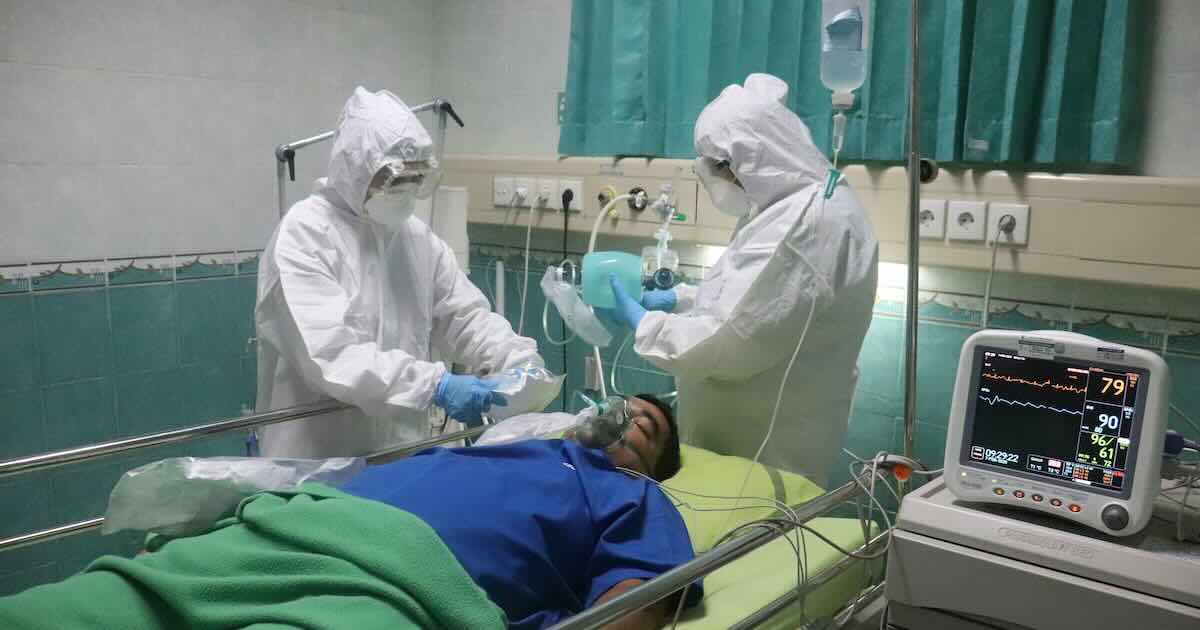Types of incident
Adverse events - An adverse event in healthcare refers to a harmful and negative outcome that happens when a patient has been provided with medical care (Skelly CL, Cassagnol M, Munakomi S. Adverse Events. [Updated 2023 Aug 13]. In: StatPearls [Internet]. Treasure Island (FL): StatPearls Publishing; 2024 Jan-. Available from: https://www.ncbi.nlm.nih.gov/books/NBK558963/)
Near-misses - The World Health Organization (WHO) defines a near miss as “an error that has the potential to cause an adverse event (patient harm) but fails to do so because of chance or because it is intercepted.” The Institute of Medicine defines a near miss as “an act of commission or omission that could have harmed the patient but did not cause harm as a result of chance, prevention, or mitigation.”
Patient safety incidents - Patient safety is defined as “the absence of preventable harm to a patient and reduction of risk of unnecessary harm associated with health care to an acceptable minimum” (Source: WHO, 2023). A patient safety incident in healthcare refers to an unintended or unexpected event that either harmed a patient or caregiver, has the potential to harm a patient or caregiver or which occurs during the provision of healthcare services.
Examples of patient safety incidents include:
- A patient not being followed up appropriately due to a missed or miscommunicated medication instruction.
- A patient developing an infection due to repeated disconnections of an external infusion line.
- A patient experiencing unnecessary harm or treatment due to a system failure or human error.
- Cyber security breaches - The year 2023 saw a surge in ransomware attacks on healthcare facilities and services, particularly in developing countries. According to Anne Neuberger, coordinator for US’ national security policy on cyber and emerging technologies, there were over 1,500 incidents in the US alone, resulting in $1.1 billion in payments. The UN World Health Organization (WHO) Director-General, Tedros Adhanom Ghebreyesus, emphasized the severe impact of cyberattacks on hospitals and healthcare services, calling for urgent and collective global action to address this growing crisis.
- Human error.
Whatever the cause or circumstances, incidents can lead to patient harm, financial loss, and reputational damage. An effective healthcare incident management system can mitigate impact and help to prevent future occurrences.

Key Components of an Effective Incident Management System
Incident Reporting:
- Encourage a culture of reporting. The commitment of leadership to safety is critical to the development of a culture of safety within an organisation (Carnino, undated; Manasse et al., 2002; Spath, 2000).
- Use standardised healthcare incident reporting software. It's critical that all relevant data relating to the incident is captured quickly and is made available to everyone who needs it.
- Quick reporting of incidents. Staff must be able to report incidents as soon as they occur, to allow the best possible response based on the best available data and to minimise harm. This may mean the adoption of a cloud based incident management tool which can be available to all areas of a healthcare facility and which allows a single 'source of truth' to be created.
- Effective communication with patients and staff is critical. Having access to accurate data makes this possible.
Incident Investigation:
- The system should allow all data related to the incident to be stored - e.g. names of those affected, witness statements, photos or other information.
- A record of root cause/contributing factors helps to mitigate similar future occurrences.
- Identifying systemic issues. The incident data should be available for external analysis - either via export or API.
- Developing corrective action plans. Actions should be allocated to the appropriate people with a suitable approval workflow and good governance of due dates etc.
Best Practices for Healthcare Incident Management
- Strong Leadership: Clear leadership and commitment to patient safety.
- Effective Communication: Open and transparent communication among staff.
- Training and Education: Regular training for staff on incident reporting and response.
- Culture of Safety: Fostering a culture where staff feel empowered to report incidents - staff should be confident that their concerns will be acted on and that they will not suffer any adverse consequences by reporting.
- Technology Solutions: Utilising incident management software to streamline processes.
- Regular Reviews and Audits: Assessing the effectiveness of your healthcare incident management software.
- Continuous Improvement: Learning from incidents to prevent future occurrences.
Challenges and Future Trends
- Data Privacy and Security: Protecting patient information in the face of an increasing threat landscape.
- Emerging Technologies: Integrating new technologies into incident management.
- Global Health Challenges: We don't know what's round the corner but there's definitely a corner! Responding to pandemics and other global health crises is guaranteed to be a feature of the healthcare industry for the foreseeable future and with these events the likelihood of incidents is bound to increase
Incident Management Software can be a core part of a healthcare organisation's response to serious incidents, but only when used as part of a comprehensive incident management process.